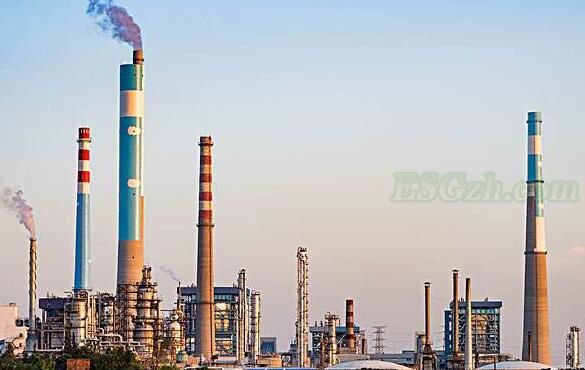
Carbon trading is a market mechanism adopted to promote global greenhouse gas emission reduction and reduce global carbon dioxide emissions. The United Nations Intergovernmental Panel on Climate Change passed difficult negotiations and adopted the United Nations Framework Convention on Climate Change on May 9, 1992. In December 1997, the first additional agreement of the "Convention" was adopted in Kyoto, Japan, that is, the "Kyoto Protocol" ("Protocol" for short). "Protocol" regards the market mechanism as a new way to solve the greenhouse gas emission reduction problem represented by carbon dioxide, that is, the carbon dioxide emission rights as a commodity, thus forming a carbon dioxide emission rights trading, referred to as carbon trading.

The basic principle of carbon trading is that one party to the contract obtains the greenhouse gas emission reduction amount by paying the other party, and the buyer can use the purchased emission reduction amount to mitigate the greenhouse effect to achieve its emission reduction goal. Among the six types of greenhouse gases that are required to be reduced, carbon dioxide (CO2) is the largest, so this transaction is calculated in units of carbon dioxide equivalent per tonne (tCO2e), so it is commonly known as "carbon trading." Its trading market is called the Carbon Market.
Among the constituent elements of the carbon market, rules are the first and most important core elements. Some rules are mandatory. For example, the “Protocol” is one of the most important mandatory rules for the carbon market. The “Protocol” provides quantitative emission reduction targets for Annex I countries (developed countries and countries with economies in transition) of the Convention; namely Between 2008 and 2012, its greenhouse gas emissions were reduced by an average of 5.2% from 1990 levels. Other rules are derived from the “Protocol”. For example, the “Protocol” stipulates that the EU ’s collective emission reduction target will be 8% lower than the 1990 emission level by 2012. The EU will reallocate it to each member state and set up the EU in 2005 The Emissions Trading System (EU ETS) establishes trading rules. Of course, there are also rules that are voluntary and are not enforced by international or national policies or laws. They are initiated voluntarily by regions, enterprises, or individuals to fulfill environmental protection responsibilities. After the Kyoto Protocol came into effect in 2005, the global carbon trading market has experienced explosive growth. In 2007, the carbon trading volume jumped from 1.6 billion tons in 2006 to 2.7 billion tons, an increase of 68.75%. The increase in turnover is more rapid. The value of the global carbon trading market in 2007 reached 40 billion euros, an increase of 81.8% from the 22 billion euros in 2006. The total value of the global carbon trading market in the first half of 2008 was even with that of 2007.
